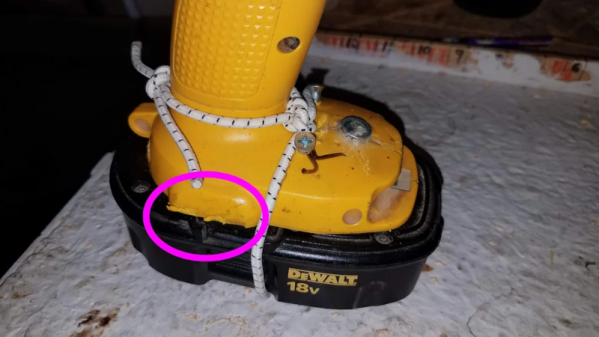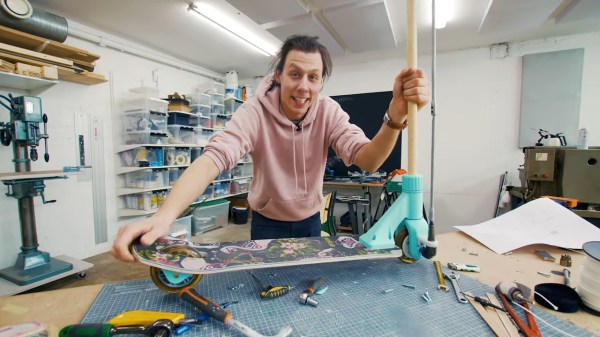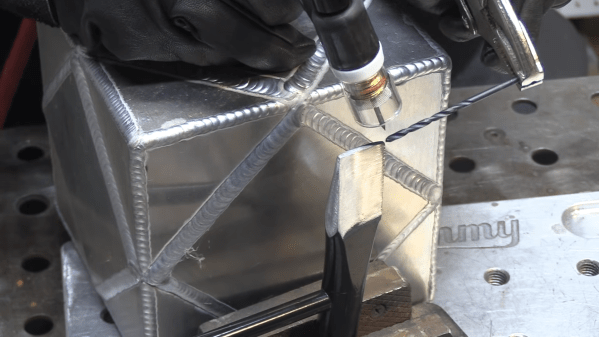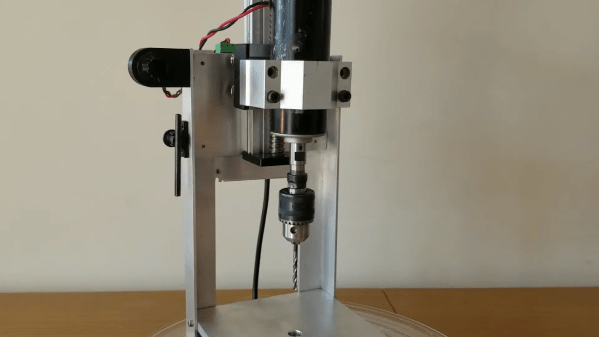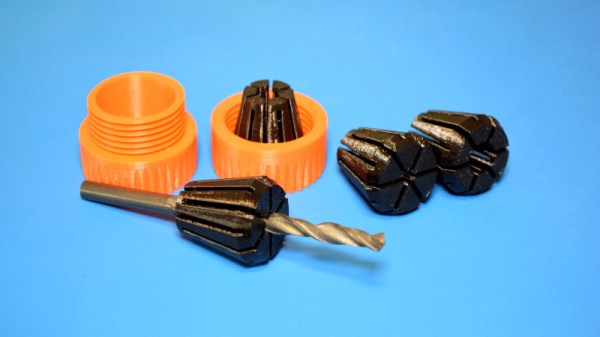There’s a military adage that no plan survives first contact with the enemy. While we haven’t gone to war with Mars, at least not yet, it does seem to be a place where the best-laid scientific plans are tested in the extreme. And the apparent failure of Perseverance to retrieve its first Martian core sample is yet another example of just how hard it is to perform geotechnical operations on another planet.
To be sure, a lot about the first sampling operation went right, an especially notable feat in that the entire process is autonomous. And as we’ve previously detailed, the process is not simple, involving three separate robotic elements that have to coordinate their operations perfectly. Telemetry indicates that the percussive drill on the end of the 2.1 m robotic arm was able to use its hollow coring bit to drill into the rock of Jezero crater, and that the sample tube inside the coring bit was successfully twisted to break off the core sample.
But what was supposed to happen next — jamming of the small core sample inside the sample tube — appears not to have happened. This was assessed by handing the sample tube off to the Sample Handling Arm in the belly of Perseverance, where a small probe is used to see how much material was recovered — none, in this case. NASA/JPL engineers then began a search for the problem. Engineering cameras didn’t reveal the core sample on the Martian surface, meaning the sample handling robots didn’t drop it. The core sample wasn’t in the borehole either, which would have meant the camming mechanism designed to retain the core didn’t work. The borehole, though, looked suspicious — it appears not to be deep enough, as if the core sample crumbled to dust and packed into the bottom of the hole.
If this proves to be the cause of the failure, it will be yet another example of Martian regolith not behaving as expected. For InSight, this discovery was a death knell to a large part of its science program. Thankfully, Perseverance can pick up and move to better rock, which is exactly what it will be doing in September. They still have 42 unused sample tubes to go, so here’s to better luck next time.
[Featured images: NASA/JPL-Caltech]


